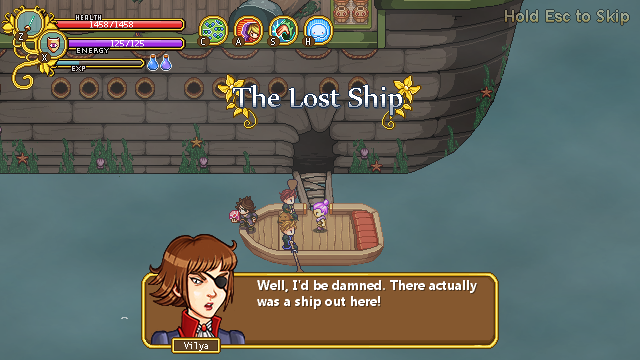
They moved to the main house of Jane's modest agricultural estate at Craigenputtock, Dumfriesshire, Scotland. In 1827, he applied for the Chair of Moral Philosophy at St Andrews University but was not appointed. In 1826, Thomas Carlyle married fellow intellectual Jane Baillie Welsh, whom he had met through Edward Irving during his period of German studies.
SECRETS OF GRINDEA ECTOPLASM SERIES
He established himself as an expert on German literature in a series of essays for Fraser's Magazine, and by translating German works, notably Goethe's novel Wilhelm Meisters Lehrjahre. Ĭarlyle's home at 4 (now 33) Ampton Street, London, marked with a plaque by the London County CouncilĬarlyle's thinking became heavily influenced by German idealism, in particular, the work of Johann Gottlieb Fichte. His prose style, famously cranky and occasionally savage, helped cement an air of irascibility. In 1819–21, Carlyle returned to the University of Edinburgh, where he suffered an intense crisis of faith and conversion, which provided the material for Sartor Resartus ("The Tailor Re-tailored"), which first brought him to the public's notice.Ĭarlyle developed a painful stomach ailment, possibly gastric ulcers, that remained throughout his life and likely contributed to his reputation as a crotchety, argumentative, somewhat disagreeable personality. (Carlisle the historian and author is not to be confused with the lawyer Thomas Carlyle, born in 1803, who is also connected to Irving via his work with the Catholic Apostolic Church.

In early life, he was powerfully influenced by the strong Calvinist beliefs prevalent in his family and his nation.Īfter attending the University of Edinburgh, Carlyle became a mathematics teacher, first in Annan and then in Kirkcaldy, where he became close friends with the mystic Edward Irving. His father was a member of the Burgher secession Presbyterian church. His parents determinedly afforded him an education at Annan Academy, Annan, where he was bullied and tormented so much that he left after three years. In mathematics, he is known for the Carlyle circle, a method used in quadratic equations and for developing ruler-and-compass constructions of regular polygons.īirthplace of Thomas Carlyle, EcclefechanĬarlyle was born in 1795 in Ecclefechan in Dumfriesshire. He also wrote articles for the Edinburgh Encyclopaedia. John Carey in "The truculent genius of Thomas Carlyle", a review in Books and Bookmen in 1983, says: "The standard view, which is that Carlyle was so poisonous it's a wonder his mind didn't infect his bloodstream." On Carlyle's attitude to slavery he adds: "Carlyle was a racist, with a rare talent for misreading historical trends." Likewise, Charles Darwin, in his autobiography, called his views of slavery "Revolting. Ī noted polemicist, Carlyle coined the term " the dismal science" for economics, in his essay "Occasional Discourse on the Negro Question", which satirically advocated for the reintroduction of slavery to the West Indies to highlight his perceived hypocrisy of British abolitionists' indifference to domestic child-labour and slave-like working conditions in contemporary factories. The influence on American literature of his 1836 Sartor Resartus, a novel both satirical and philosophical, has been described as "difficult to overstate".

His 1837 history of the French Revolution was the inspiration for Charles Dickens's 1859 novel A Tale of Two Cities, and remains popular today. Other major works include The French Revolution: A History, 3 vols (1837) and The History of Friedrich II of Prussia, Called Frederick the Great, 6 vols (1858–65). In his book On Heroes, Hero-Worship, and The Heroic in History (1841), he argued that the actions of the " Great Man" play a key role in history, claiming that "the history of the world is but the biography of great men". Thomas Carlyle (4 December 1795 – 5 February 1881) was a British historian, satirical writer, essayist, translator, philosopher, mathematician, and teacher.


 0 kommentar(er)
0 kommentar(er)
